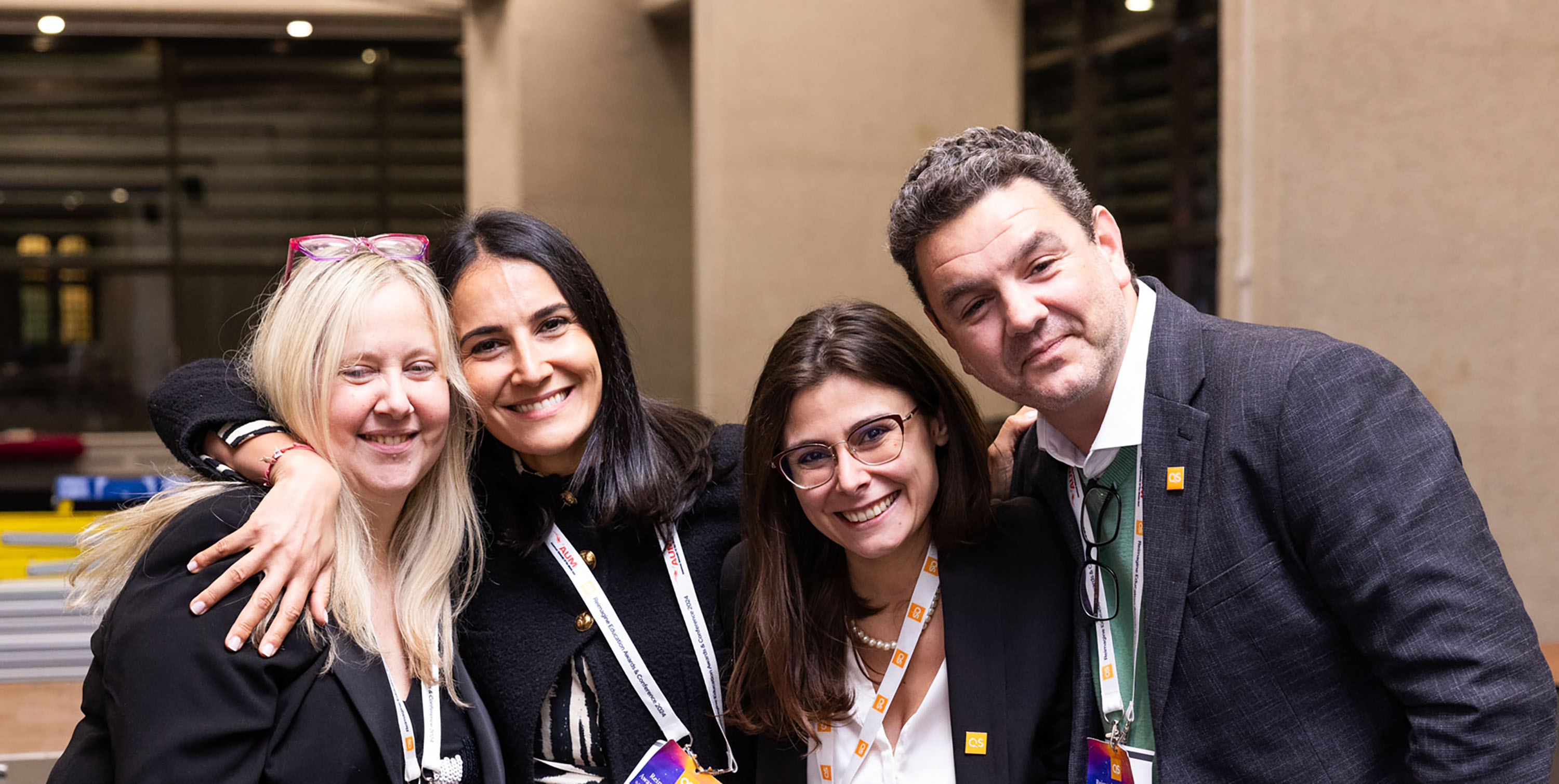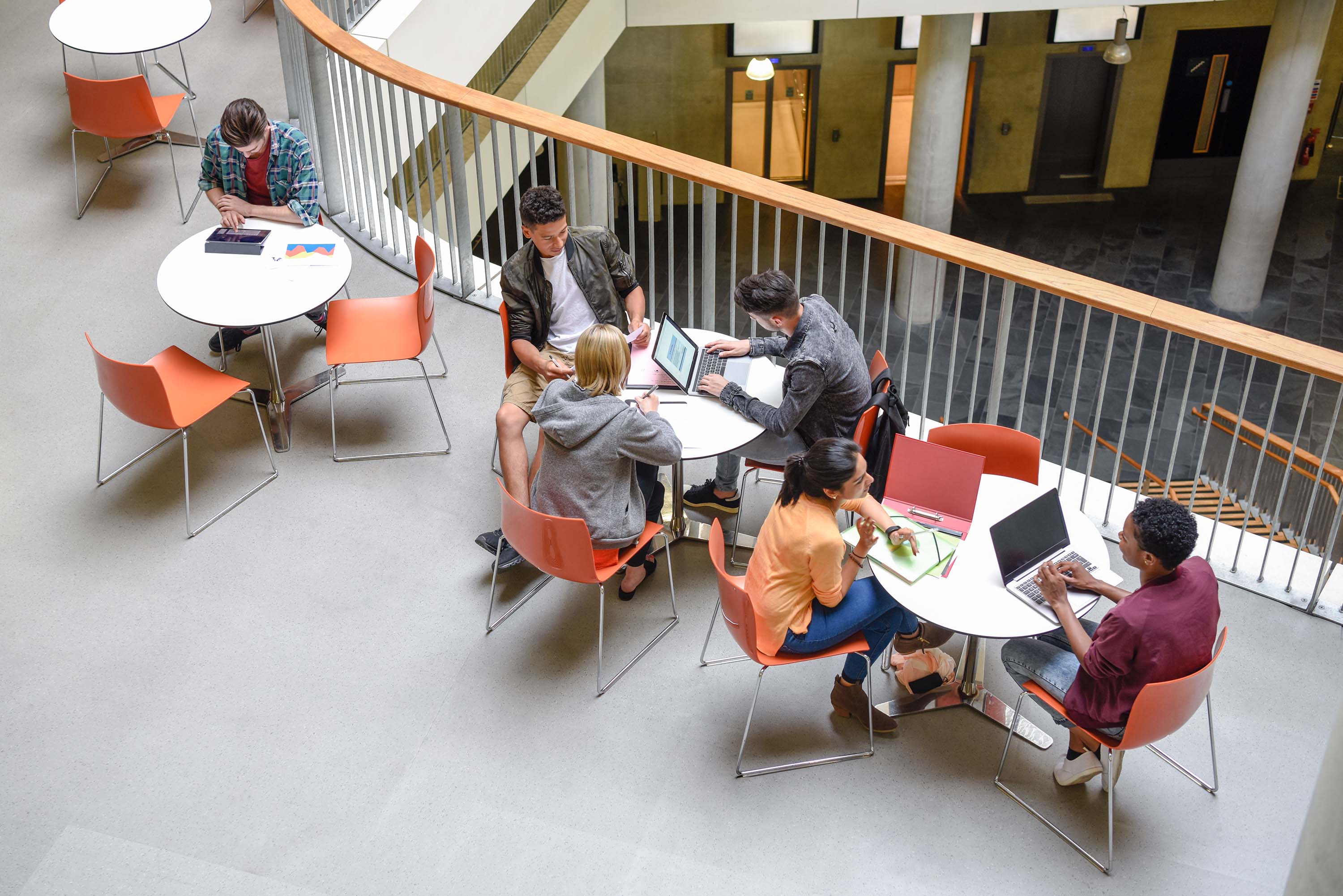Universities in Europe are striving to embed sustainability principles into their operations, curriculum, and research. The insightful discussions at the QS Higher Ed Summit: Europe 2024 highlight the region's ongoing challenge of effectively measuring and evaluating progress in sustainable practices.
In a panel discussion titled ‘Measuring Sustainability’, experts examined the existing frameworks institutions and organisations use to gauge sustainability efforts. The discussion also addressed the challenges and emerging solutions in this area, emphasising the growing need to leverage technology to enhance sustainability efforts in alignment with the Sustainable Development Goals (SDGs).

A focus on education, climate action, and global partnerships
Mazin Khan, Consultant in the Division for Multilateral Diplomacy at United Nations Institute for Training and Research (UNITAR), kicked off the panel by sharing one of UNITAR’s alignment strategies ‘Curriculum Amendment’, and their prioritised SDGs at the organisation: SDG-4 (Quality in Education), SDG-13 (Climate Action), and SDG-17 (Partnership for the Goals).
“At UNITAR, we believe that we need to incorporate SDGs within the university curriculums and target relevant courses. A great example of this is our programme called ‘Digital International Relations and Diplomacy’.”
He also highlighted the value of an interdisciplinary approach to address economic, social, and environmental issues. Leveraging their extensive UN network, UNITAR collaborates with various UN agencies and institutions to create rigorous yet practical academic content.
“We all like to assume that sustainability education is creating an impact, but we don’t actually have a lot of evidence of that yet.”
Carrina Hopper, Co-founder at Join EDuC
Grading the curriculum
Universities hold a significant responsibility for environmental stewardship – it extends beyond teaching sustainability, and in to how they make their operations more sustainable. QS Stars is an in-depth framework to rate and compare university performance; one category institutions can be passed on is Environmental impact, where we look at an institution’s sustainability research, plans and monitoring systems.
Additionally, the QS World University Rankings methodology incorporates sustainability; universities can gauge their commitment to sustainability and track their progress.
Carrina Hopper, co-founder of Join EDuC, developed the ‘Starter Test’ as a way to measure the maturity level of any higher education programme. She encouraged universities to leverage this tool monitoring their progress in sustainable practices.
“It’s a free 23 question maturity assessment for universities to get instant results on how their programme is doing, by offering the senior management access to a full university report on all of the different programmes at the institution.”
For 58% of prospective Western European students looking to study abroad, a university working with local communities on sustainable and social justice initiatives is among their most important factors when judging whether a university is environmentally sustainable.
QS International Student Survey 2024
Making change at the strategic level
In the same panel, Christophe Lerouge, President at IMT Atlantique discussed the institution’s newest strategy to measure how they’re achieving sustainability, which took a year to define and align with SDGs.
In the strategy, IMT Atlantique prioritised sustainability, diversity and social impact. “Through this strategy, we defined a KPI in training, research and how the university works,” Lerouge said.
“In terms of measurement, we count the number of publications in research publications linked to the SDGs. We obliged our teachers to transform their courses because we want all of our students to be trained taking into account sustainability, and the knowledge of scarcity of resources, energy, the environment and the social impact.
“Also, in France we have a reference system that is delivered to French universities, and every four years, we have to go through the system to provide proof that we’re moving forward and taking sustainability into account. It enables us as institutions to define targets, take action and prepare for the future.”
38% of students actively seek information about how higher education institutions utilise AI and technology when researching universities.
QS International Student Survey 2024
How is technology being used to enhance sustainability and reduce carbon emissions and how important is it?
Ensuring sustainability is not just about teaching, it's also about the operational level - at UNITAR, they've used the Metaverse to reduce their carbon footprint:
“I think leveraging our online platform and our e-learning elements including a programme called ‘The UN Young Leaders’ and ‘Diplomacy 2.0’ have been very important. It allows us to access markets we normally couldn’t reach and significantly reduce carbon emissions.









.jpeg)









